Umur cetakan
- 2024-10-29
Umur cetakan mengacu pada jumlah bagian yang dapat dibentuk dengan tetap memastikan kualitas bagian tersebut. Ini mencakup penajaman berulang-ulang dan penggantian bagian-bagian yang rentan hingga bagian utama cetakan diganti, sehingga terbentuk total bagian-bagian yang memenuhi syarat.
5 Pemeliharaan dan pemeliharaan
Kegagalan cetakan dibagi menjadi kegagalan abnormal dan kegagalan normal. Kegagalan abnormal (kegagalan awal) mengacu pada ketidakmampuan suatu cetakan untuk digunakan sebelum mencapai umur yang ditentukan pada tingkat industri tertentu. Bentuk awal kegagalan meliputi deformasi plastis, patah, dan keausan lokal yang parah. Kegagalan normal mengacu pada ketidakmampuan cetakan untuk melanjutkan layanan karena deformasi plastis yang lambat, keausan yang seragam, atau patah lelah setelah produksi dan penggunaan skala besar.
Jumlah produk berkualitas yang dihasilkan sebelum kegagalan normal cetakan disebut umur normal cetakan, disingkat umur cetakan. Jumlah produk berkualitas yang dihasilkan sebelum perbaikan cetakan pertama disebut umur pertama; Jumlah produk berkualitas yang dihasilkan dari satu perbaikan cetakan ke perbaikan berikutnya disebut umur perbaikan cetakan. Umur cetakan adalah jumlah umur awal dan umur setiap perbaikan berikutnya.
Umur suatu cetakan berkaitan dengan bentuk dan strukturnya, dan mengacu pada sifat material, desain, dan tingkat pembuatan cetakan selama jangka waktu tertentu. Refleksi komprehensif dari tingkat perlakuan panas, penggunaan, dan pemeliharaan cetakan. Umur cetakan sampai batas tertentu mencerminkan tingkat industri manufaktur metalurgi dan mekanik di suatu wilayah atau negara.
Ada banyak jenis cetakan dengan perbedaan yang signifikan dalam kondisi kerja dan bagian yang rusak, namun mode kegagalan secara kasar dapat diringkas menjadi tiga jenis: keausan, patah, dan deformasi plastis.
(1) Kegagalan keausan
Saat cetakan digunakan, cetakan bersentuhan dengan billet yang terbentuk dan menghasilkan gerakan relatif. Fenomena hilangnya material secara bertahap dari permukaan kontak akibat gerakan relatif permukaan disebut keausan.
(2) Kegagalan fraktur
Ketika cetakan mengalami retakan besar atau terpisah menjadi dua atau beberapa bagian dan kehilangan kemampuan servisnya, maka cetakan tersebut mengalami kegagalan patah. Patahan dapat dibedakan menjadi patahan plastis dan patah getas. Bahan cetakan sebagian besar adalah baja berkekuatan sedang hingga tinggi, dan bentuk patahannya sebagian besar adalah patah getas. Patah getas dapat dibagi menjadi patah satu kali dan patah lelah.
(3) Kegagalan deformasi plastis
Cetakan plastik mengalami tekanan yang signifikan dan tidak merata selama servis. Ketika tegangan pada bagian tertentu cetakan melebihi batas luluh bahan cetakan pada suhu tersebut, maka akan terjadi deformasi plastis melalui slip kisi, kembaran, slip batas butir, dll., Mengubah bentuk atau ukuran geometris, dan tidak dapat diperbaiki. sebelum servis, yang disebut kegagalan deformasi plastis. Mode kegagalan deformasi plastis meliputi gangguan, pembengkokan, perluasan rongga, keruntuhan, dan lain-lain.
Deformasi plastis suatu cetakan merupakan proses luluhnya bahan logam yang digunakan dalam cetakan. Terjadinya deformasi plastis terutama ditentukan oleh beban mekanis dan kekuatan suhu ruangan cetakan. Terjadinya deformasi plastis pada cetakan yang disajikan pada suhu tinggi terutama bergantung pada suhu kerja cetakan dan kekuatan suhu tinggi dari bahan cetakan.
(1) Pengaruh struktur cetakan
Struktur cetakan mempunyai pengaruh yang signifikan terhadap keadaan tegangan cetakan. Struktur cetakan yang masuk akal dapat memastikan bahwa cetakan mendapat tekanan yang seragam selama pengoperasian, tidak terlalu rentan terhadap pembebanan eksentrik, dan lebih sedikit konsentrasi tegangan. Ada banyak jenis cetakan, dengan perbedaan yang signifikan dalam bentuk dan lingkungan kerja,
(2) Pengaruh kondisi kerja cetakan
1) Bahan dan suhu bagian yang dibentuk
① Bahan yang digunakan untuk membentuk bagian-bagiannya meliputi logam dan non-logam. Secara umum, bahan non-logam memiliki kekuatan yang rendah, membutuhkan gaya pembentukan yang lebih sedikit, tekanan yang lebih kecil pada cetakan, dan umur cetakan yang lebih lama. Oleh karena itu, umur cetakan pembentuk logam lebih rendah dibandingkan dengan umur cetakan non-logam.
② Saat membentuk benda kerja bersuhu tinggi, cetakan memanas karena panas yang diterimanya. Dengan meningkatnya suhu, kekuatan cetakan menurun sehingga rentan terhadap deformasi plastis. Pada saat yang sama, terdapat perbedaan suhu yang signifikan antara permukaan cetakan yang bersentuhan dengan benda kerja dan permukaan non-kontak, yang menyebabkan tekanan suhu pada cetakan.
2) Karakteristik peralatan
① Ketepatan dan kekakuan peralatan ditentukan oleh kekuatan cetakan yang membentuk benda kerja. Selama proses pembentukan, peralatan akan mengalami deformasi elastis akibat gaya yang diberikan.
② Gaya yang diberikan oleh peralatan kecepatan pada cetakan dan benda kerja secara bertahap meningkat selama periode waktu tertentu, dan kecepatan peralatan mempengaruhi proses penerapan gaya. Semakin tinggi kecepatan peralatan, semakin besar gaya tumbukan pada cetakan per satuan waktu (dampak tinggi); Semakin pendek waktunya, semakin sedikit waktu yang dibutuhkan energi tumbukan untuk ditransmisikan dan dilepaskan, sehingga lebih mudah terkonsentrasi secara lokal, sehingga tegangan lokal melebihi tegangan luluh atau kekuatan patah bahan cetakan. Oleh karena itu, semakin tinggi kecepatan peralatan, semakin besar kemungkinan cetakan mengalami patah atau kegagalan deformasi plastis.
3) Pelumasan
Melumasi permukaan gerak relatif antara cetakan dan billet dapat mengurangi kontak langsung antara cetakan dan billet, mengurangi keausan, dan mengurangi gaya pembentukan. Pada saat yang sama, pelumas juga dapat menghambat perpindahan panas dari billet ke cetakan sampai batas tertentu, menurunkan suhu cetakan, dan bermanfaat untuk meningkatkan umur cetakan.
(3) Pengaruh sifat bahan cetakan
Kinerja bahan cetakan memiliki pengaruh yang signifikan terhadap umur cetakan, termasuk kekuatan, ketangguhan benturan, ketahanan aus, ketahanan korosi, kekerasan, stabilitas termal, dan ketahanan terhadap kelelahan panas.
(4) Dampak proses pembuatan cetakan
1) Selama penempaan modul, perbedaan suhu antara bagian dalam dan luar yang disebabkan oleh pemanasan dan pendinginan modul akan menghasilkan tekanan termal; Pemilihan parameter teknis yang tidak tepat selama proses seperti pembuatan lubang, pelubangan, dan perluasan lubang dapat dengan mudah menyebabkan retaknya blanko tempa. Selain itu, ketika rasio penempaan melebihi nilai tertentu, sifat mekanik transversal menurun tajam karena pembentukan jaringan fibrosa, yang menyebabkan anisotropi.
2) Dalam pemesinan listrik cetakan, berbagai tingkat kerusakan lapisan dapat terjadi. Selain itu, karena pemanasan dan pendinginan lokal yang tiba-tiba, tegangan sisa dan keretakan mudah terbentuk.
3) Perlakuan panas pada cetakan
Perlakuan panas cetakan diatur setelah penempaan modul dan pemesinan kasar, dan hampir merupakan proses akhir dari pemrosesan cetakan. Pemilihan bahan cetakan dan penentuan proses perlakuan panas mempunyai pengaruh yang signifikan terhadap kinerja cetakan.
(1) Tujuan: Untuk mempertahankan kinerja optimal dan memperpanjang masa pakai peralatan, memastikan produksi normal.
(2) Lingkup aplikasi: Cocok untuk perbaikan dan pemeliharaan cetakan.
(3) Inspeksi dan pemeliharaan rutin: Perawatan dan inspeksi rutin harus dilakukan oleh personel perbaikan cetakan dan personel cetakan atas dan bawah.
(4) Metode pembersihan ultrasonik elektrolitik memiliki efek pembersihan yang lebih baik pada cetakan yang diproses. Saat membersihkan, ini juga berperan dalam pencegahan karat
1. Inspeksi dan pemeliharaan rutin harian:
Apakah cetakan beroperasi dalam kondisi normal
A. Apakah ada perlindungan penguncian tegangan rendah; B. Apakah bagian aktif seperti tiang pemandu, batang atas, dan baris sudah aus dan terlumasi dengan benar. Pengisian bahan bakar diperlukan setidaknya sekali setiap 12 jam, dan untuk bangunan khusus, frekuensi pengisian bahan bakar harus ditingkatkan. C. Apakah sekrup dan klip pengunci dari cetakan tetap longgar;
1.2 Kondisi produksi normal: Periksa apakah cacat produk berhubungan dengan cetakan;
1.3 Saat turun, cetakan harus diperiksa secara menyeluruh dan perawatan pencegahan karat harus dilakukan: bersihkan kelembaban di rongga cetakan, inti, mekanisme ejeksi, dan posisi baris, dan semprotkan penghambat karat cetakan atau oleskan mentega.
1.4 Cetakan setelah dikeluarkan dari mesin harus ditempatkan di lokasi yang ditentukan dan dicatat:
A. Kondisi cetakan: utuh atau perlu diperbaiki. B. Metode perawatan anti karat selama pembuatan cetakan.
2. Inspeksi rutin triwulanan:
Terutama untuk membersihkan dan merawat jamur yang sudah tidak digunakan lebih dari dua bulan.
2.1 Buka cetakan dan periksa efek pencegahan karat internal. Jika ada keadaan yang tidak normal, perawatan pencegahan karat harus dilakukan kembali. Cetakan yang sudah lama tidak digunakan sebaiknya diolesi mentega.
2.2 Kembali ke posisi semula dan membuat catatan.
Cetakan adalah peralatan proses dasar untuk produksi industri mekanis dan alat yang sangat diperlukan dalam produksi produk industri. Kinerja cetakan yang terbuat dari baja cetakan memerlukan pengawasan proses produksi yang ketat, dan bahan baku produksi cetakan juga harus dikontrol secara ketat untuk mencegah kegagalan dini, retak akibat perlakuan panas, dan cacat lain yang disebabkan oleh masalah material.
Pengendalian bahan baku cetakan dilakukan dari aspek sebagai berikut:
1. Inspeksi makro
Komposisi kimia sangat menentukan dalam menjamin kinerja baja, namun komposisi yang memenuhi syarat tidak dapat sepenuhnya menjelaskan kinerja baja. Karena ketidakrataan struktur internal dan komposisi baja, inspeksi makroskopis sebagian besar melengkapi kekurangan ini. Pengujian makroskopis dapat mengamati kristalisasi baja, kegagalan kontinuitas baja, dan ketidakseragaman komponen tertentu. Delapan cacat makroskopis yang umum: segregasi, porositas, inklusi, penyusutan, gelembung, bintik putih, retakan, dan lipatan.
2. Evaluasi jaringan anil
Tujuan dari annealing adalah untuk mengurangi kekerasan baja, memudahkan pemesinan, dan juga mempersiapkan struktur untuk perlakuan panas selanjutnya.
3. Ketidakseragaman karbida
Baja martensit tipe Cr12 mengandung sejumlah besar karbida eutektik dalam struktur mikronya, dan ketidakrataan karbida berdampak sangat penting pada kinerjanya. Oleh karena itu, pengendalian yang ketat harus dilakukan terhadap peredaran karbida.
Ringkasnya, karena rumitnya objek produksi di pabrik dan bengkel cetakan, dan kenyataan bahwa sebagian besar berupa potongan tunggal atau batch kecil, hal ini menimbulkan kesulitan tertentu dalam perumusan dan pengelolaan kuota produksi cetakan. Selain itu, cara produksi, peralatan, dan kualitas teknis tiap pabrik dan bengkel tidak sama. Oleh karena itu, dalam merumuskan kuota, perlu dicari metode yang tepat untuk mengembangkan kuota jam kerja yang maju dan wajar berdasarkan situasi aktual pabrik dan bengkel, guna meningkatkan produktivitas tenaga kerja.
-
MENANDAI:
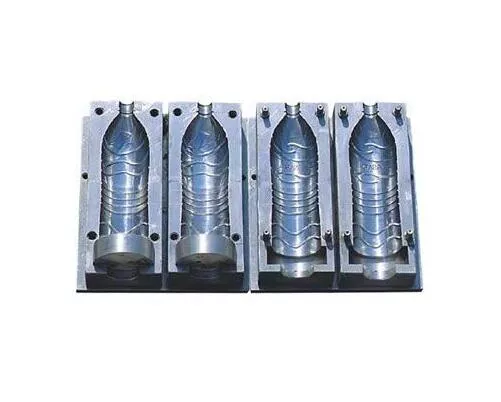
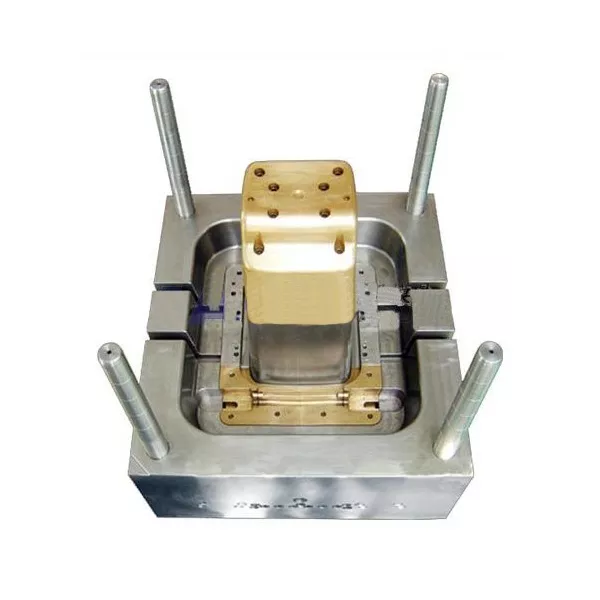
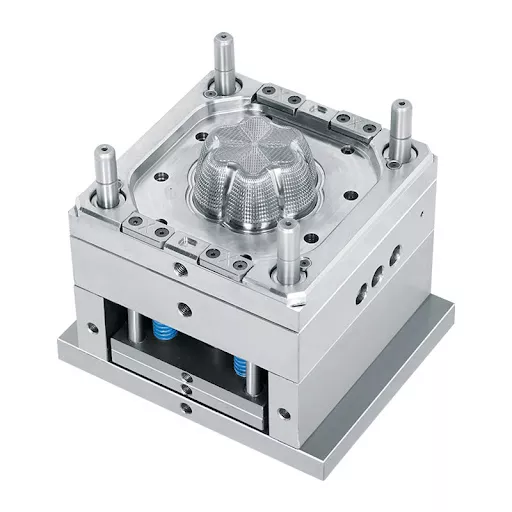
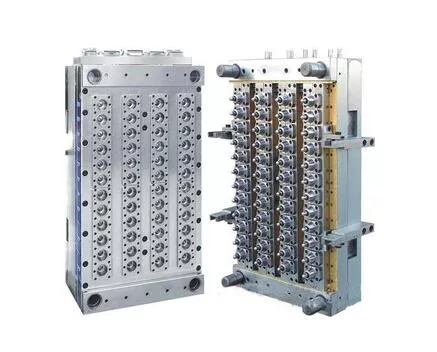
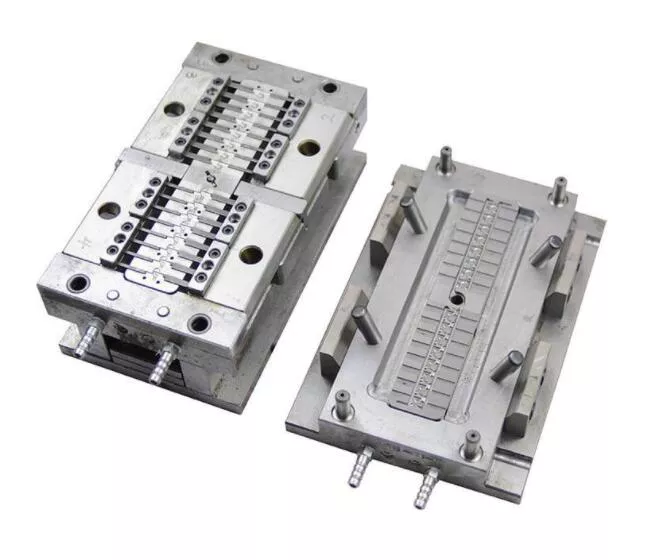
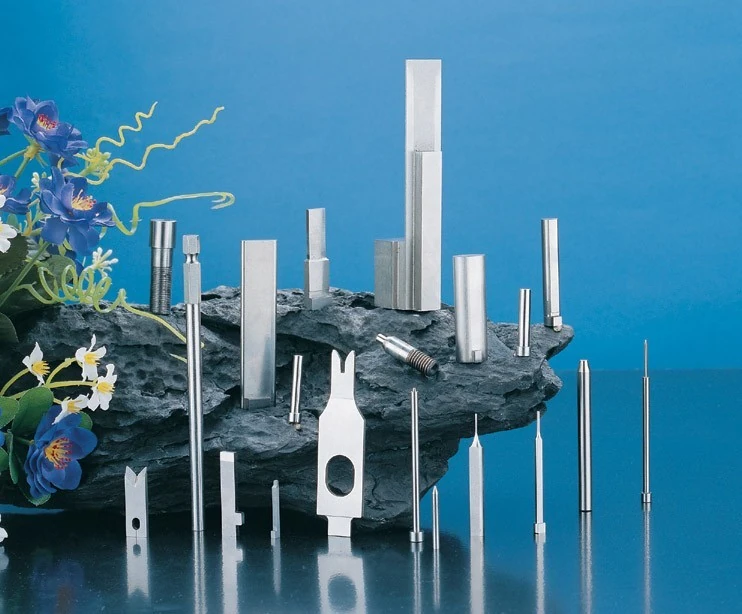
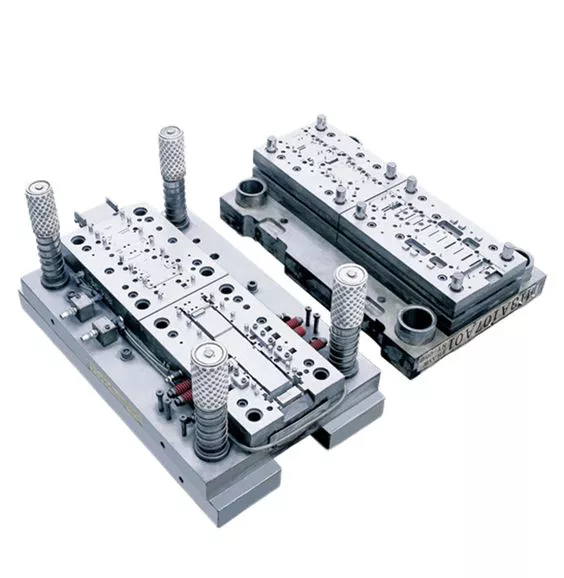
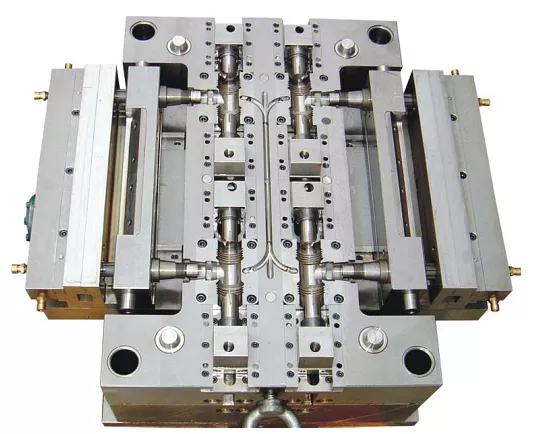
Kirim Pertanyaan Anda Sekarang